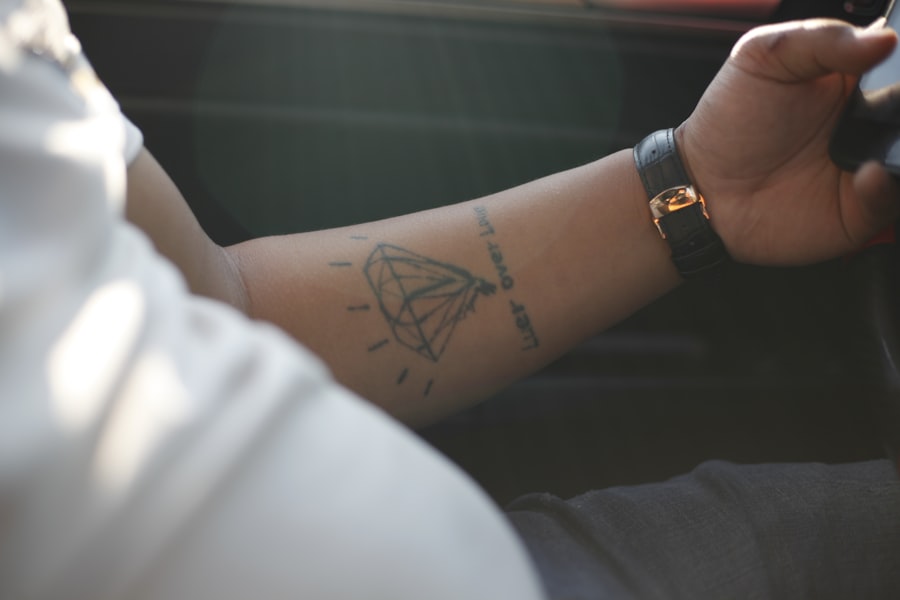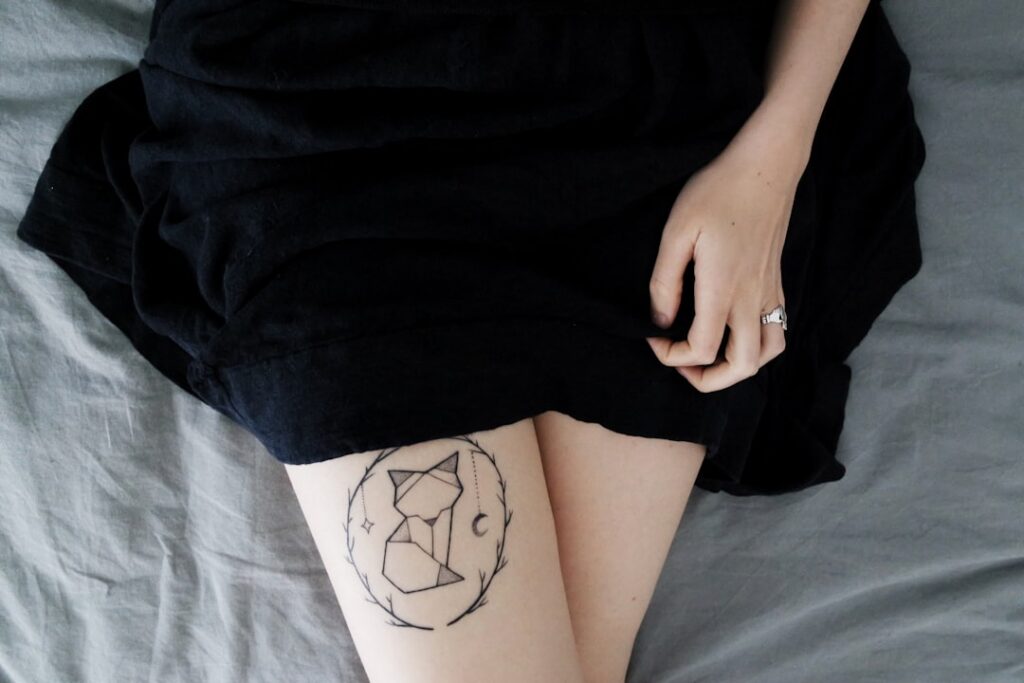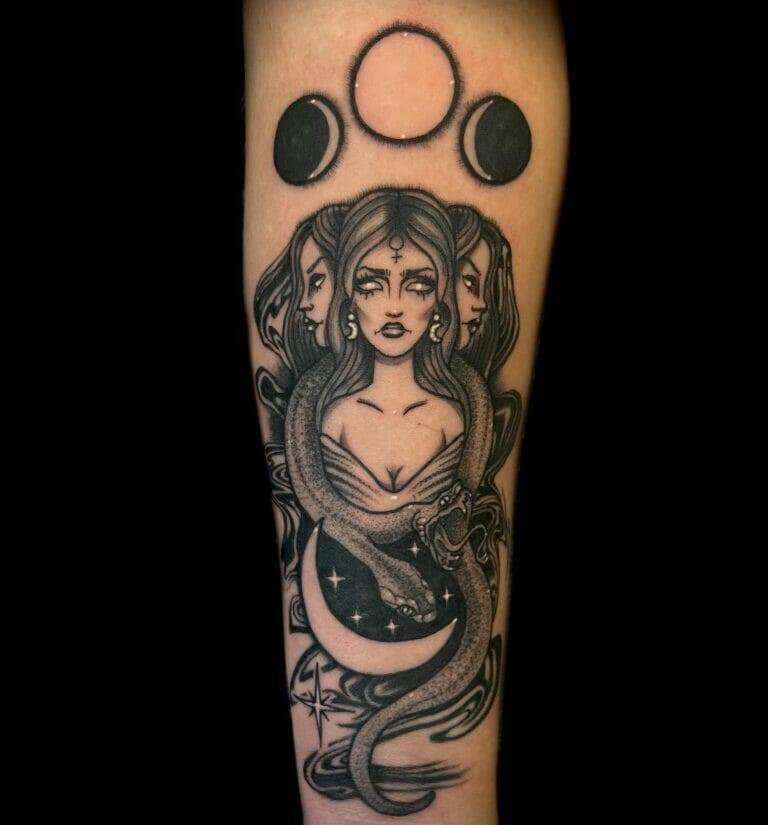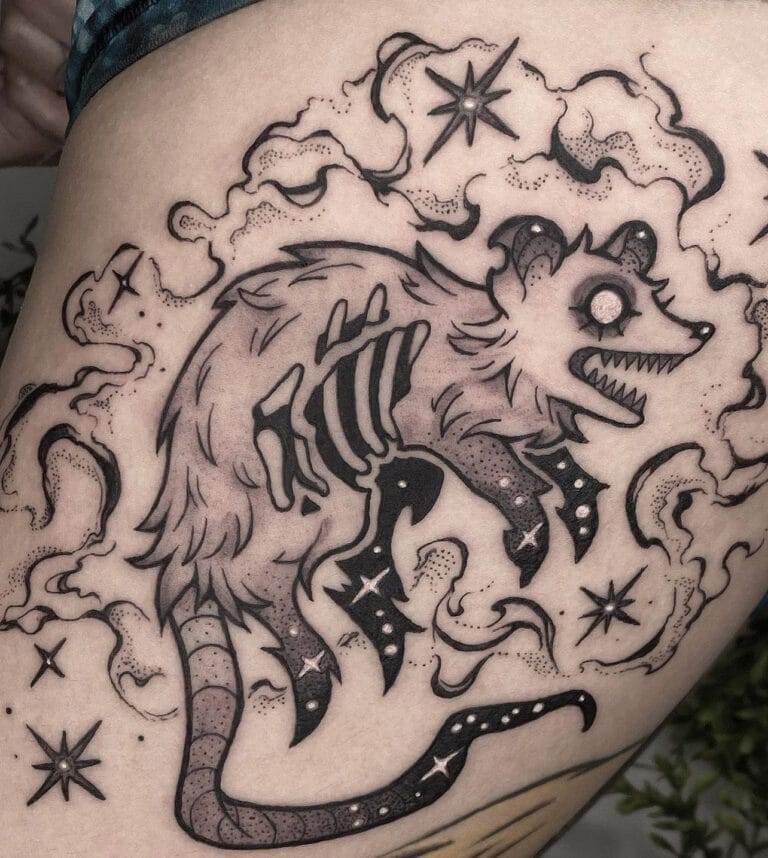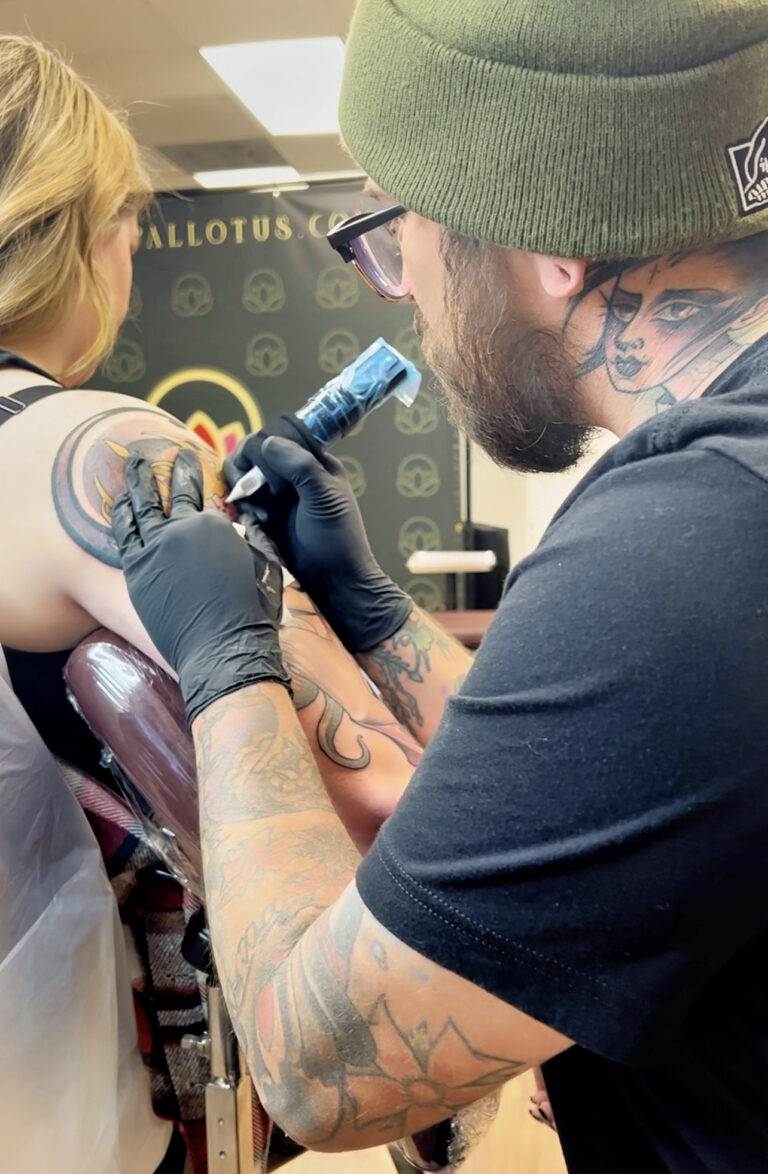When it comes to altering or eliminating a tattoo, individuals often find themselves at a crossroads between two primary options: tattoo removal and cover-up. Each choice presents its own set of advantages and challenges, making it essential for anyone considering a change to fully understand what each entails. Tattoo removal typically involves various techniques aimed at erasing the ink from the skin, while cover-ups focus on creatively concealing the existing tattoo with new artwork.
The decision between these two paths can significantly impact not only the appearance of the skin but also the emotional journey associated with the tattoo. Tattoo removal is often sought by those who have experienced regret or dissatisfaction with their ink. The process can be complex, involving multiple sessions and varying methods, such as laser removal, dermabrasion, or surgical excision.
On the other hand, cover-ups allow individuals to transform their existing tattoos into something new and meaningful, often incorporating elements that resonate more closely with their current identity or life experiences. Understanding these options is crucial for anyone contemplating a change, as it sets the stage for informed decision-making.
Key Takeaways
- Tattoo removal and cover-up are two options for dealing with unwanted tattoos.
- Factors to consider include cost, pain, and time when deciding between removal and cover-up.
- Tattoo removal methods include laser, surgical excision, and dermabrasion, with potential risks such as scarring and infection.
- When considering a cover-up, design and placement are important factors to take into account.
- Long-term considerations include the fading and aging of both removed tattoos and cover-up tattoos.
Factors to Consider: Cost, Pain, and Time
When weighing the options of tattoo removal versus cover-up, several factors come into play, including cost, pain, and time commitment. The financial aspect can vary widely depending on the method chosen. Tattoo removal, particularly through laser treatments, can be quite expensive, often requiring multiple sessions to achieve satisfactory results.
Each session incurs a cost, and the total expense can add up quickly. Conversely, cover-ups may also be costly, especially if the new design is intricate or requires a skilled artist. However, some may find that a cover-up can be more economical in the long run since it typically requires fewer sessions than removal.
Pain is another significant consideration in this decision-making process. Tattoo removal methods, particularly laser treatments, can be uncomfortable and may involve a sensation akin to being snapped with a rubber band. The level of pain experienced can vary based on individual pain tolerance and the size and location of the tattoo.
Cover-ups, while generally less painful than removal, still involve the process of getting a new tattoo, which can also be uncomfortable depending on the area being worked on. Understanding these pain levels is essential for individuals to prepare themselves mentally and physically for the journey ahead. Time is an equally important factor when deciding between removal and cover-up.
Tattoo removal is not an instantaneous process; it often requires several weeks or even months between sessions for optimal healing and fading of the ink. This extended timeline can be frustrating for those eager to see results. In contrast, a cover-up may be completed in a single session, allowing individuals to walk away with a fresh design in a shorter timeframe.
However, it’s important to consider that achieving the desired look may still require some planning and design work ahead of time.
Tattoo Removal: Methods and Potential Risks
Tattoo removal encompasses several methods, each with its own set of benefits and potential risks. The most common technique is laser removal, which uses concentrated light beams to break down ink particles in the skin. This method is generally considered effective for a wide range of ink colors and types but may require multiple sessions for complete removal.
Other methods include dermabrasion, which involves sanding down the skin to remove layers containing ink, and surgical excision, where the tattooed skin is surgically removed and the surrounding skin is stitched together. While these methods can be effective, they are not without risks. Laser removal can lead to side effects such as scarring, changes in skin texture, or hyperpigmentation—especially in individuals with darker skin tones.
Dermabrasion carries similar risks and may result in prolonged healing times. Surgical excision is more invasive and can leave noticeable scars. It’s crucial for individuals considering tattoo removal to consult with a qualified professional who can assess their specific situation and provide guidance on the most suitable method while discussing potential risks.
Cover-Up: Design and Placement Considerations
Covering up an existing tattoo requires careful thought regarding design and placement to ensure that the new artwork effectively conceals the old one while also being aesthetically pleasing. A successful cover-up often involves selecting a design that incorporates darker colors or intricate patterns that can mask the original tattoo effectively. This process may require collaboration with a skilled tattoo artist who specializes in cover-ups, as they possess the expertise to create designs that not only hide but also enhance the overall appearance of the skin.
Placement is another critical factor in the cover-up process. Depending on the size and location of the original tattoo, certain designs may work better than others. For instance, larger tattoos may require expansive designs that flow seamlessly over the existing ink, while smaller tattoos might be easily concealed with more compact artwork.
Additionally, individuals should consider how their new tattoo will age over time and how it will interact with their body’s natural changes. A well-thought-out design and placement strategy can lead to a satisfying transformation that resonates with personal meaning.

Long-Term Considerations: Fading and Aging
Both tattoo removal and cover-ups come with long-term considerations that individuals should keep in mind as they make their decisions. For those opting for removal, it’s essential to understand that even after successful treatment, some residual ink may remain visible over time. Additionally, skin texture may change due to the removal process, which could affect how future tattoos look if one chooses to get more ink later on.
On the other hand, cover-ups also require consideration of how tattoos fade and age over time. Over the years, tattoos can lose vibrancy due to sun exposure, skin elasticity changes, and other factors. A well-executed cover-up should take these elements into account to ensure that it remains visually appealing as time passes.
Individuals should discuss these long-term implications with their tattoo artist to ensure that they are making an informed choice that aligns with their future expectations.
Consultation and Professional Advice
Understanding Your Options
Before making any decisions regarding tattoo removal or cover-up, it is essential to seek professional advice. Consulting with experienced tattoo artists or dermatologists can provide valuable insights into what options are available based on individual circumstances. A professional consultation allows individuals to discuss their specific concerns about their existing tattoos and explore potential solutions tailored to their needs.
Assessing Factors and Recommending Approaches
During this consultation process, professionals can assess factors such as skin type, tattoo size and color, and personal preferences to recommend the most suitable approach—whether it be removal or cover-up. They can also provide information about expected outcomes, potential risks involved in each method, and aftercare requirements to ensure optimal healing and results.
Making an Informed Decision
This expert guidance is crucial for making an informed decision that aligns with one’s goals. By seeking professional advice, individuals can make a well-informed choice that meets their specific needs and expectations, ensuring the best possible outcome for their tattoo removal or cover-up.
Personal Preferences: Embracing Change or Starting Fresh
Personal preferences play a significant role in deciding between tattoo removal and cover-up options. Some individuals may feel a strong desire to embrace change by completely removing their existing tattoos as a way to symbolize a new chapter in their lives. This choice often reflects a desire for a clean slate or an opportunity to redefine one’s identity without the influence of past decisions.
Conversely, others may find value in transforming their existing tattoos into something new through cover-ups. This option allows individuals to retain a connection to their past while simultaneously creating something fresh and meaningful. The choice between embracing change or starting anew ultimately depends on personal feelings about one’s tattoos and how they relate to one’s current self-image.
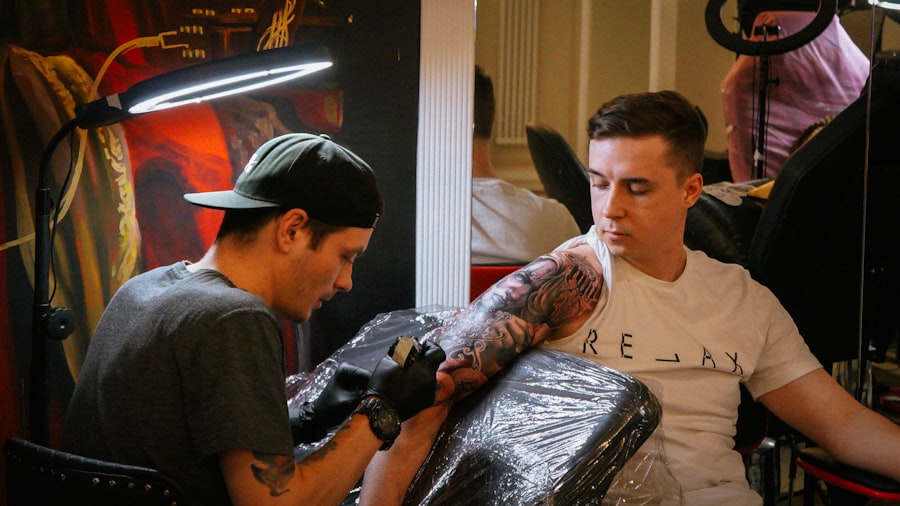
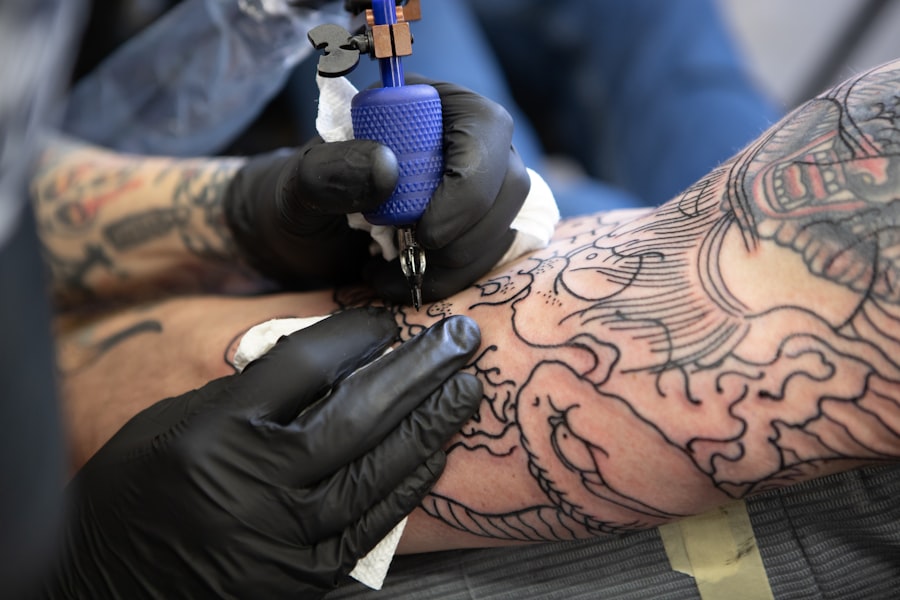
Making the Right Choice: Balancing Regret and Satisfaction
Ultimately, making the right choice between tattoo removal and cover-up involves balancing feelings of regret with satisfaction regarding one’s body art. Individuals must reflect on their motivations for wanting to alter or eliminate their tattoos while considering how each option aligns with their personal values and future aspirations. It’s essential to weigh not only the aesthetic outcomes but also the emotional implications tied to each decision.
In conclusion, whether one opts for tattoo removal or a cover-up at Opal Lotus in Houston, understanding all aspects of each choice is vital for achieving satisfaction in the long run. By considering factors such as cost, pain levels, long-term implications, professional advice, personal preferences, and emotional connections to past tattoos, individuals can navigate this journey with confidence and clarity. Ultimately, both paths offer opportunities for transformation—whether through erasure or reinvention—and can lead to renewed self-expression that resonates deeply with one’s evolving identity.
FAQs
What is tattoo removal?
Tattoo removal is the process of using various techniques to remove a tattoo from the skin. This can include laser removal, dermabrasion, or surgical excision.
What is a tattoo cover-up?
A tattoo cover-up is the process of covering an existing tattoo with a new design. This is often done when a person no longer wants their original tattoo but does not want to undergo the process of removal.
What are the factors to consider when deciding between tattoo removal and cover-up?
Some factors to consider when deciding between tattoo removal and cover-up include the size and location of the tattoo, the colors used in the tattoo, the desired outcome, and the cost and time commitment of each option.
What are the advantages of tattoo removal?
Tattoo removal completely eliminates the original tattoo, allowing for a clean slate. It is also a good option for those who no longer want any trace of the original tattoo.
What are the disadvantages of tattoo removal?
Tattoo removal can be a lengthy and expensive process. It can also be painful and may not completely remove the tattoo, leaving behind scarring or discoloration.
What are the advantages of a tattoo cover-up?
A tattoo cover-up allows for a new design to be placed over the original tattoo, providing a fresh look without completely removing the original tattoo. It can also be a more cost-effective and less painful option.
What are the disadvantages of a tattoo cover-up?
A tattoo cover-up may not completely hide the original tattoo, especially if it is large or dark. It also limits the design options for the new tattoo, as it must be able to effectively cover the original design.


